Understanding Dutch Aquascaping Mannequin – The Aquarium Data
Inside the aquascaping world, the two largely utilized varieties are Nature aquascaping kind and Dutch aquascaping kind. Iwagumi aquascaping kind is slowly gaining fame though.
As a result of the oldest aquascaping kind, the Dutch kind focuses completely on the growth and affiliation of aquatic vegetation.
Utilizing fairly a couple of aquatic vegetation, a lovely Dutch aquascape implements a rich distinction using refined color and texture, however moreover maintains a extreme density of vegetation.
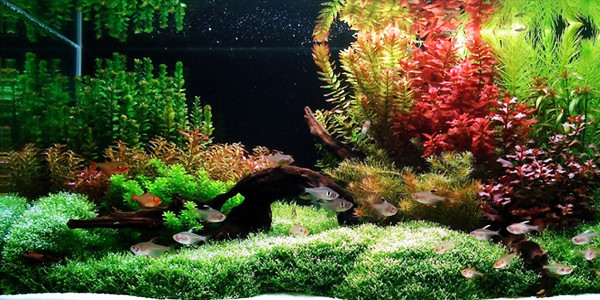
An aquascaper hoping to design a Dutch kind aquascape must be able to see and nurture the growth of vegetation so the highest consequence’s in step with his or her intentions, which requires a robust understanding of how one can cultivate aquatic vegetation.
Aside from the cultivation of the vegetation, there are fairly a couple of completely different key sides to ponder such as a result of the nicely being of your aquascape, the gathering of the vegetation, and the overall format.
Understanding the Dutch Aquascaping Mannequin
Dutch aquascaping focuses totally on the affiliation and progress of vegetation in an aquarium. Organising a Dutch aquascaping kind entails establishing a steadiness between plant choice, density, simplicity, and color. 70% of the vegetation chosen need to be aquatic vegetation.
Most vital Components
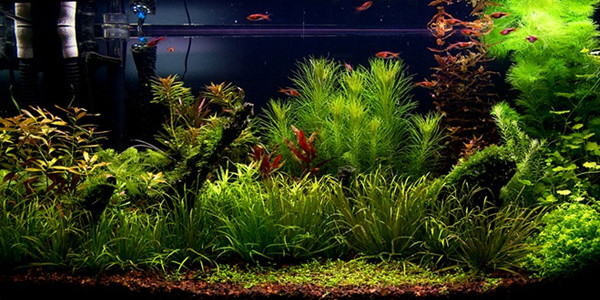
The aquatic vegetation of your design are the main target of a Dutch aquascape.
Due to this, it is extraordinarily vital for the aquascaper to know how one can plant, combine, and arrange the vegetation so the final word affiliation is aesthetic and balanced.
In distinction to a Nature kind aquascape, Dutch aquascapes are often not designed to mimic a pure setting or specific ecosystem.
The occasion of this sort is a testament to the intricacy in envisioning your end product and cultivating the system to watch it develop and develop into what was initially imagined.
Major Design and Format
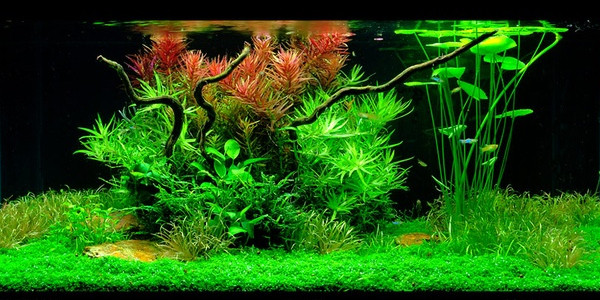
Establishing a steadiness of plant density, choice, color, and ease is essential to creating a Dutch aquascape.
Terracing is a typical observe that permits the aquascaper to convey depth in using aquatic vegetation.
By creating ranges and areas of a selected species, the aquascape is further successfully organized and, in flip, creates distinction and completely different aesthetics.
70% Aquatic Vegetation
Over 70% of the aquarium have to be planted with quite a few species of aquatic vegetation.
Nonetheless, keep in mind the truth that simplicity is a typical theme in Dutch aquascapes; having an extreme quantity of choice or color can have a harmful impression on the highest consequence.
Utilizing the “rule of thirds” and creating single focal elements are most interesting practices in sustaining density, minimalism, and group in your aquascape.
Lastly, color, distinction, and space ought to even be considered when planting your aquascape.
The excellence between objects is essential to the overall aesthetic and utilizing space creates group between your vegetation.
Advisable Vegetation and Fish
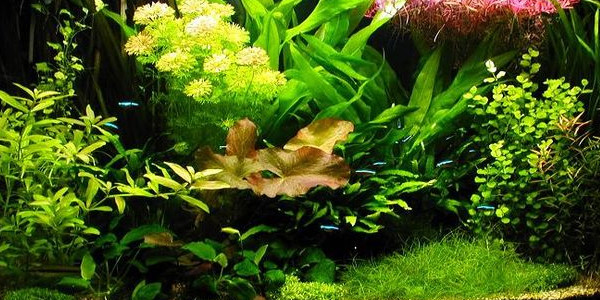
A primary rule when selecting your vegetation is to apply three plant species per foot.
This creates the obligatory color distinction and choice inside the Dutch kind. Stem vegetation are actually helpful on account of their speedy rising expenses, measurement, and color.
Frequent Vegetation in Dutch Aquascaping Mannequin
Commonest species utilized in Dutch aquascaping are:
Saurus Cernuus and Lobelia Cardinalis
These vegetation develop low and close to the layer of substrate in your aquarium. In addition to, they help create pathways, angles, and depth.
Hygrophilia Corymbosa and Aquatic Limnophila
These species current a daring seen aesthetic in your aquascape. As a plant that grows shortly and with huge stems, they provide a novel kind and measurement to the overall scene.
Cryptocoryne
Small earthy vegetation often used as a result of the foreground of the aquascape.
Alternanthera Reineckii, Ammania, Rotala, or Tiger Lotus
Large and vibrant, these species act as the main points of distinction inside the Dutch design.
Java Moss
A species that is typically used to create distinction and focal elements all by means of the design, often positioned in between plant species in an effort to create a seamless transition between the climate in your aquascape. It’s often an easy-to-maintain aquatic plant.
Frequent Fishes in Dutch Aquascaping Mannequin
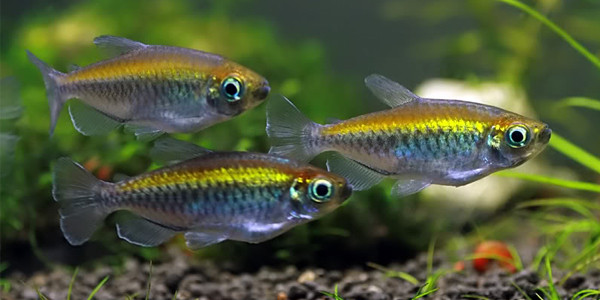
Fish are moreover utilized in Dutch aquascapes, nonetheless sparingly. Schooling fish are actually helpful, though Congo tetras and Angelfish are moreover good choices for Dutch aquascapes.
Challenges of Dutch Aquascaping Mannequin
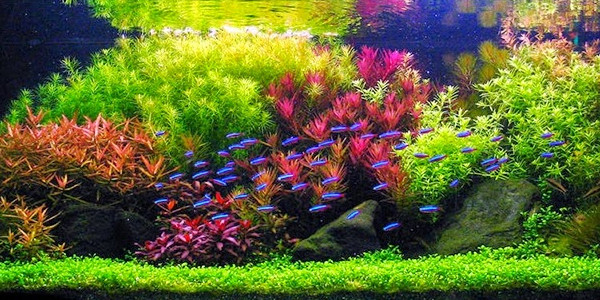
Dutch aquascaping is printed by its choice, distinction, and organized chaos. Each plant utilized in a Dutch aquascape serves a aim in creating layers of color and diverse focal elements with none kind of hardscape.
Due to this, the precept challenges spherical this sort of aquascaping stem from the data required to create the imaginative and prescient of your design and sustaining these dwelling aquatic vegetation.
Gear is required to watch and maintain the lifecycle of your aquatic vegetation along with on daily basis liquid fertilizer and trimming of the vegetation to maintain up a healthful environment.
Conclusion
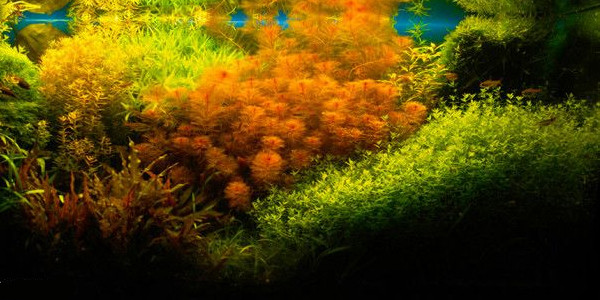
The Dutch aquascaping kind is printed by its use of many alternative vegetation, however it certainly moreover distinguishes itself from completely different aquascaping varieties by way of its use of terraces and space.
Making a scene of organized chaos concurrently facilitates a balanced and calm ecosystem of aquatic vegetation and fish.
Due to this, the background-foreground play is a troublesome balancing act between creating focal elements and distinction between each object of your design.
The vital factor to success for the determined aquascaper is to have the flexibility to consider your end consequence as you begin your design. Whereas robust to consider at first, right care and cultivation will create an end consequence that is pure and pleasant.






